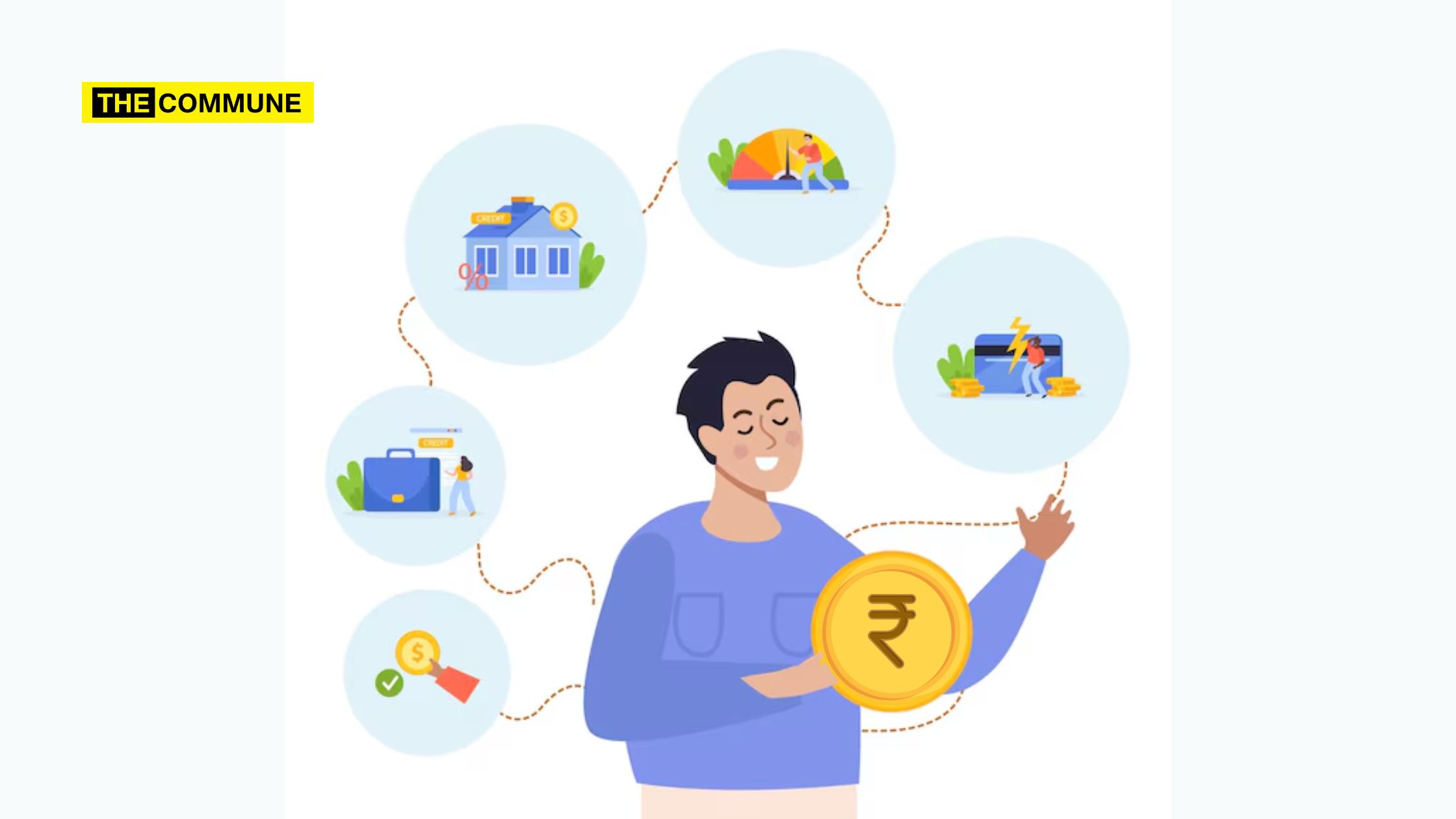
Every February, as the sweet aroma of halwa fills the corridors of North Block and the Finance Minister unveils the iconic bahi-khata, Budget season officially begins. But soon, attention fades, and terms like “fiscal deficit” and “capital expenditure” start to feel alien. Despite the budget shaping everything from petrol prices to job creation, most citizens simply don’t tune in. Even the well-educated often shrug it off.
This isn’t laziness—it’s a symptom of a deeper issue: Bharat’s chronic lack of financial literacy.
Most Indians don’t speak the language of money—not because they can’t, but because they were never taught to. In a nation where digital wallets are replacing physical ones and credit offers pop up faster than WhatsApp forwards, financial ignorance can cost more than inflation ever will.
So, what exactly is financial literacy? It’s not about stock tips or balance sheets. It’s about knowing how to manage your salary, track your spending, avoid debt traps, invest wisely, and protect your hard-earned money. It’s understanding that your paisa should work for you—not the other way around.
But here’s a reality check: most of our youth—our so-called demographic dividend—enter the real world without ever learning how to file a tax return or budget their monthly expenses. They might ace calculus but have no idea how compound interest works on a loan. This gap isn’t just unfair—it’s dangerous.
Now, here’s the bigger irony. The National Education Policy (NEP), hailed as revolutionary, promotes skill-based, holistic learning—but completely skips financial education. There’s no mandate to teach students about banking, taxation, insurance, or investment basics. After 15 years of schooling, they step into the real world clueless about one of life’s most essential skills: managing money.
The gap widens further in rural Bharat. Most State Board students lack exposure to financial education—no workshops, no finance Olympiads. Such opportunities are largely reserved for CBSE and ICSE students in urban areas. While one group learns about mutual funds in classrooms, another struggles with basic savings. This isn’t just an educational divide—it’s an economic one.
Thankfully, there are sparks of change. The National Centre for Financial Education (NCFE), backed by RBI, SEBI, IRDAI, and PFRDA, runs programs like Financial Literacy Week, aiming to reach schoolchildren early. Some universities are offering elective courses in personal finance, and the response is promising—students show better saving habits, more confidence in money management, and smarter financial behavior.
But these sparks need to be fanned into flames. Financial education must move from being an extra-credit topic to a non-negotiable part of every student’s journey. From middle school itself, children should learn how to open a bank account, understand interest, track expenses, and evaluate a loan.
Teachers, too, need training—not just in theory, but in real-world financial application. Schools can’t teach what teachers don’t know. We need a financial literacy mission that reaches every panchayat, every basti, every school in the country.
But this isn’t just an academic issue—it’s cultural. In most Indian households, money is a taboo topic. Parents rarely discuss income or financial struggles with their children. Talking about money feels awkward—even shameful. As a result, financial learning never happens at home either. This silence is breeding generations of financially unprepared individuals.
It’s time to change the script. We need to normalize conversations about money—between parents and children, teachers and students, and friends and peers. Let money be discussed not just in banks and boardrooms but at dining tables and in classrooms.
Because when people know how to manage money, they also know how to plan, invest, and grow—and contribute meaningfully to the economy. A financially literate Bharat is not just smarter—it’s stronger.
Let’s not forget: financial literacy is directly tied to financial inclusion. People who understand banking and digital finance are far more likely to use formal financial services. This means less dependence on local moneylenders, fewer scams, more security, and greater empowerment. It also fuels the economy—when citizens invest, insure, and save better, national growth becomes sustainable and inclusive.
So, where do we go from here? We need mandatory financial education across all school boards, especially state boards. We need local-language content, mobile-first learning, and teacher training programs. We need collaborations between schools, banks, fintech platforms, and NGOs. We need gamified apps, digital simulations, and, above all, a shift in mindset about discussing money.
Because the truth is, “PAISA BOLTA HAI”—but only if you understand what it’s saying.
And if Bharat wants to build a future that’s not just digitally connected but financially empowered, it’s time we made sure that every Indian knows how to manage, protect, and grow their paisa.
Karthik HP is a National Media Team Member of ABVP.
Sriram RM is the Co-Founder of The Right Moves.
Subscribe to our channels on Telegram, WhatsApp, and Instagram and get the best stories of the day delivered to you personally.




